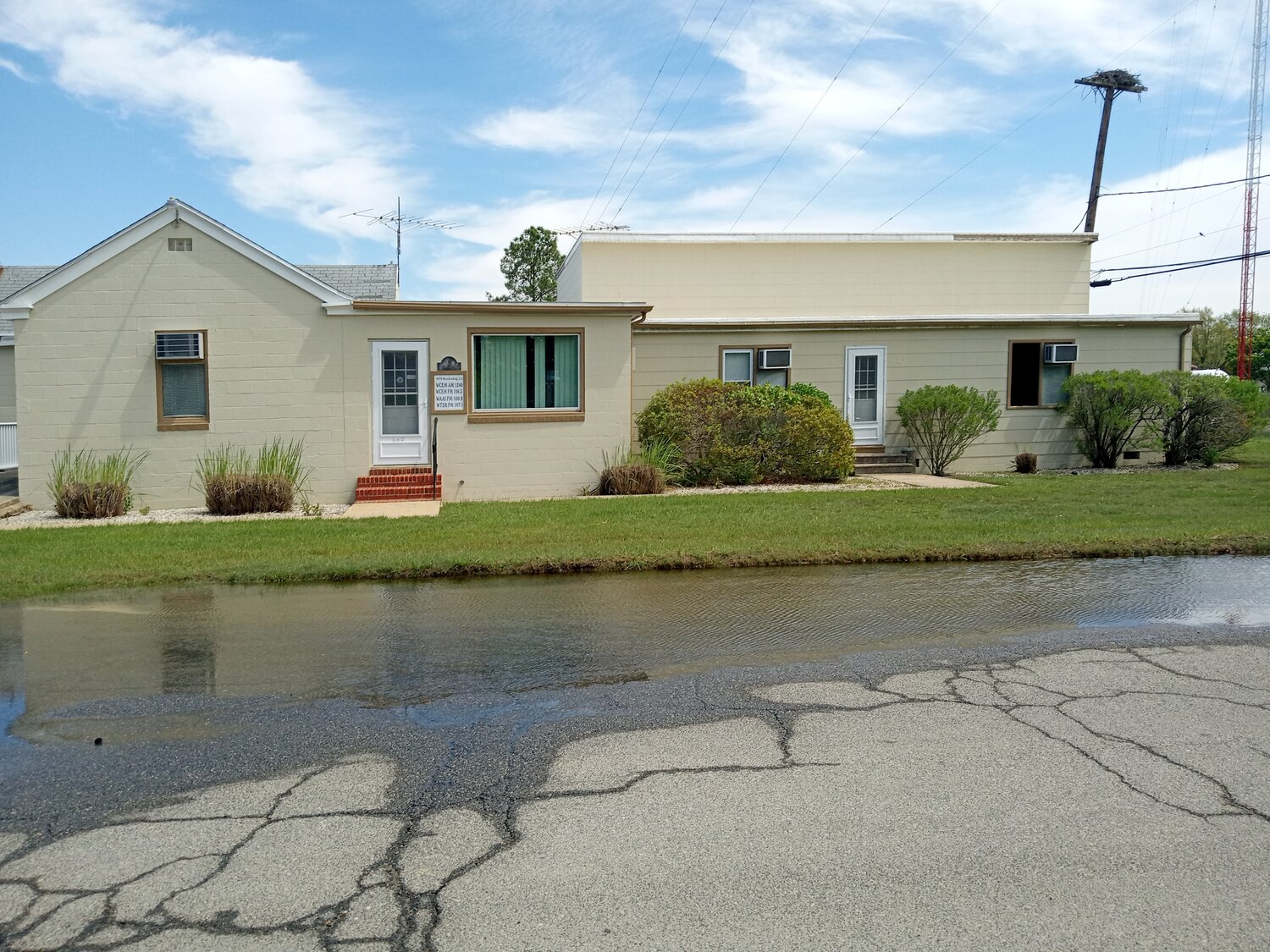Old radio station property aids Make Cambridge Resilient
In 2018 Draper Media’s WBOC radio absorbed local MTS Broadcasting. Since then, the former studio at 2 Queen Anne Avenue, just off Gerry Boyle Park, has stood vacant, its giant antenna a dormant beacon.

You must be a member to read this story.
Join our family of readers for as little as $5 per month and support local, unbiased journalism.
Already a member? Log in to continue. Otherwise, follow the link below to join.
Please log in to continue |
Old radio station property aids Make Cambridge Resilient
CAMBRIDGE - In 2018, Draper Media’s WBOC radio absorbed local MTS Broadcasting. Since then, the former studio at 2 Queen Anne Avenue, just off Gerry Boyle Park, has stood vacant, its giant antenna a dormant beacon.
Soon, though, the site may become a key part of the city’s essential storm water management program.
Plans for purchasing the property were presented to Cambridge City Council during its April 22 meeting, for first reading as Ordinance No. 1238. A second reading and public hearing are scheduled for May 20.
City Engineer Carl “Bucky” Jackson, in a memorandum recommending the ordinance’s first reading, explained why the property’s benefit to the Make Cambridge Resilient Initiative, which develops flood risk reduction strategies.
Responding to an email question about the site’s importance, he further detailed why the purchase matters.
“The upcoming flood mitigation project, Make Cambridge Resilient, will install a berm with a living shoreline on the water side. If Draper Media retains ownership of the radio station property, the full property will need to be protected from flooding by the berm. If the City owns the radio station property, the full area of the property (along the property lines) will no longer need to be completely protected by the berm, since the City already owns adjacent properties to the east,” he wrote.
“This will allow the designers to place the berm to follow the topography, rather than a property line, which, in the end, will require a shorter overall length of berm, and will allow for stormwater storage within a large area that is currently owned by the radio station,” he wrote.
“More importantly, the low-lying area housing the antenna can become a large stormwater management area, instead of needing to use valuable land adjacent Gerry Boyle Park for that purpose, “significantly reducing costs,” Jackson wrote.
Larry White, of Make Cambridge Resilient, further clarified how the purchase helps these efforts, in an email message.
“The radio station is in the alignment of our flood mitigation project so we needed to either go around it and obtain a permanent easement to build and maintain our project or purchase the property,” White wrote.
“In a parallel effort to the planning alignment of our project in the radio station area, we have been working to develop a nature-based green infrastructure solution to store storm water in the area, once our project is constructed, reducing reliance on conventional stormwater pipe, pump and storage systems,” White wrote.
“The City's working waterfront plan already includes a wet meadow area to store storm water in the low elevation, southern part of Gerry Boyle Park. This would allow it to filter through the soil before discharging to the Choptank River, improving water quality. The radio station site, adjacent to the park and in the wetland area, can be included in the design of the stormwater management system design,” he wrote.
Following the property purchase the city can remove the tower at an estimated cost of $100,000.
Make Cambridge Resilient is funded by a FEMA grant, and the overall project cost is $18 million. The necessary local match totals $1.8 million, or ten percent of total cost, with Maryland covering $900,000, leaving $900,000 to be contributed by the city. The purchase of the radio station property will be considered part of the city match funds, the memo states.





 By
By 



